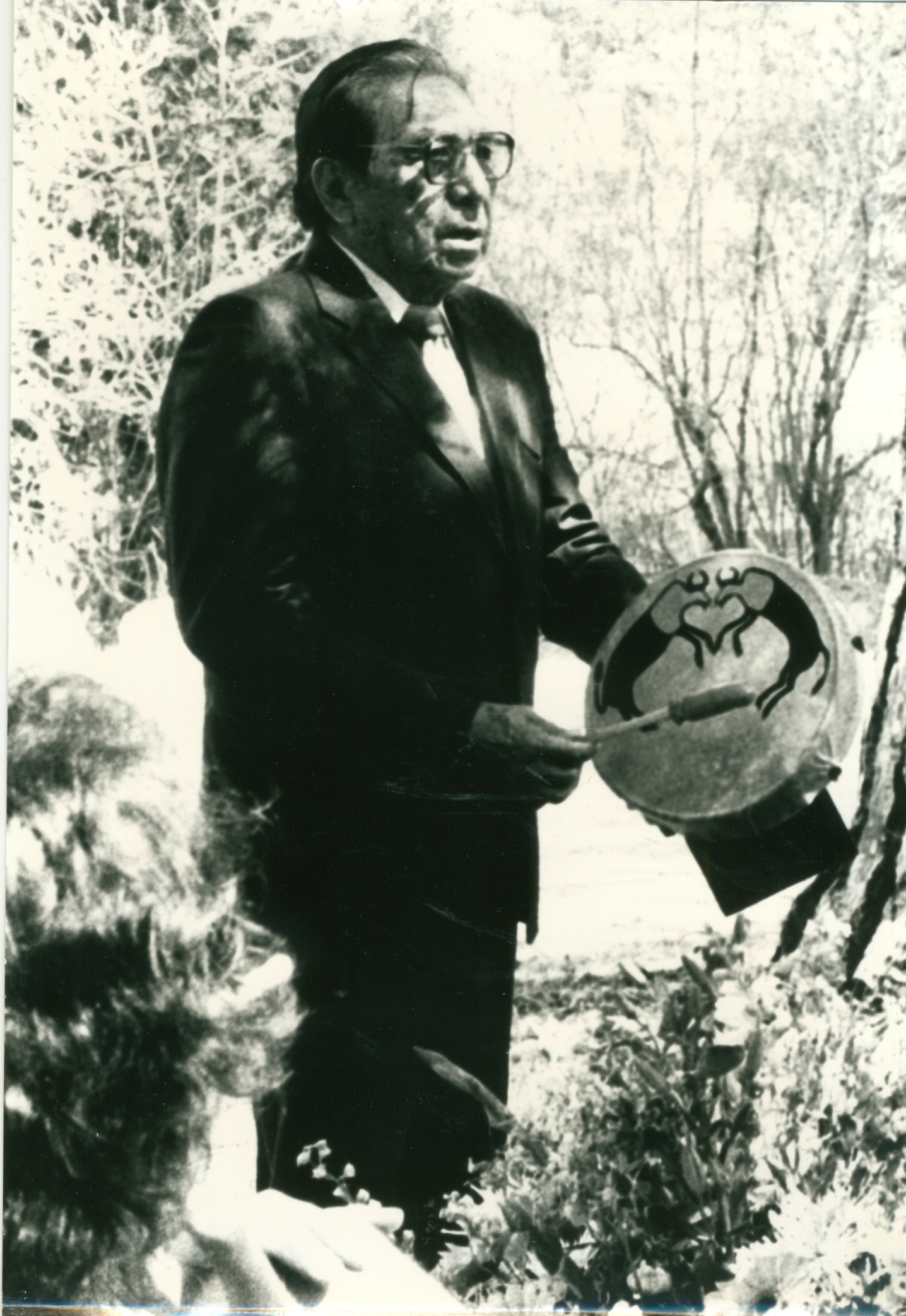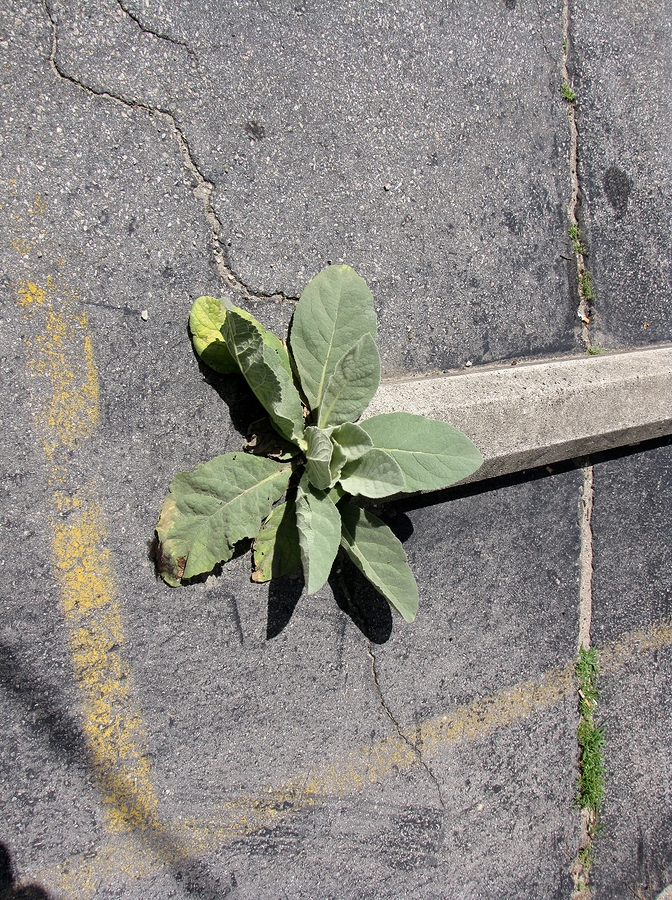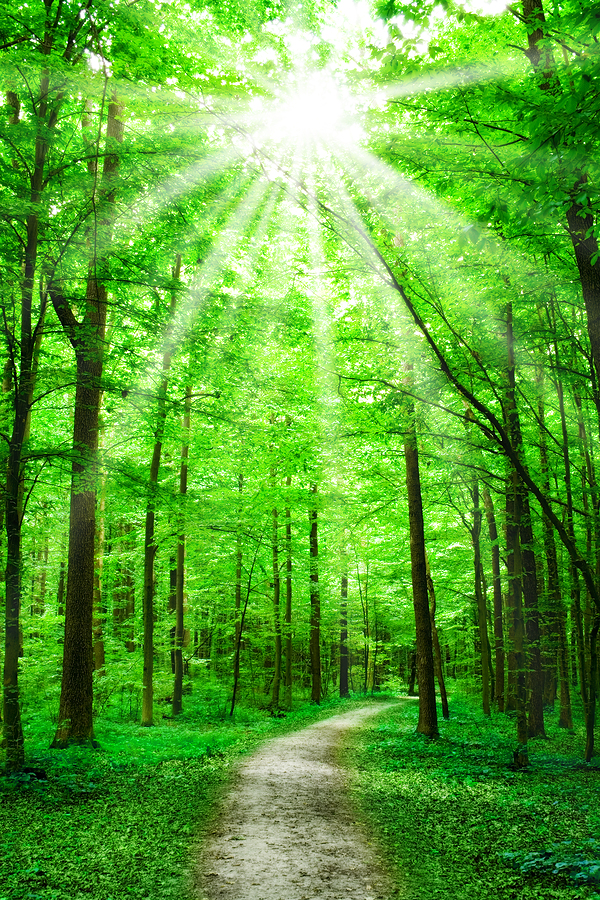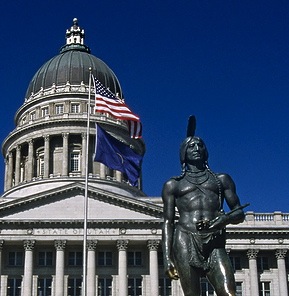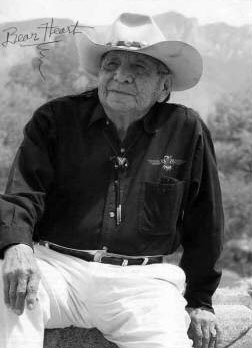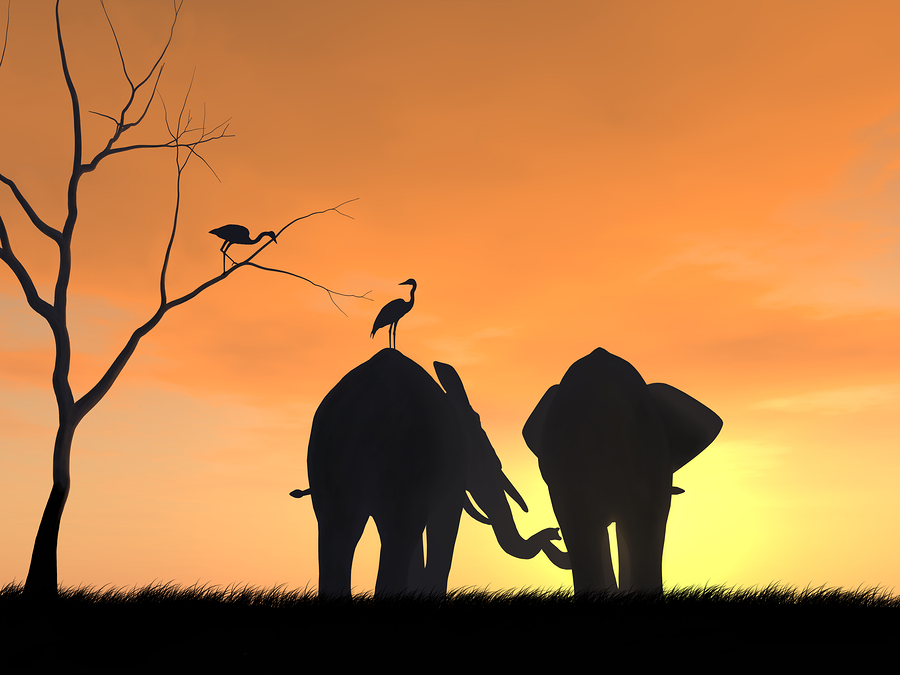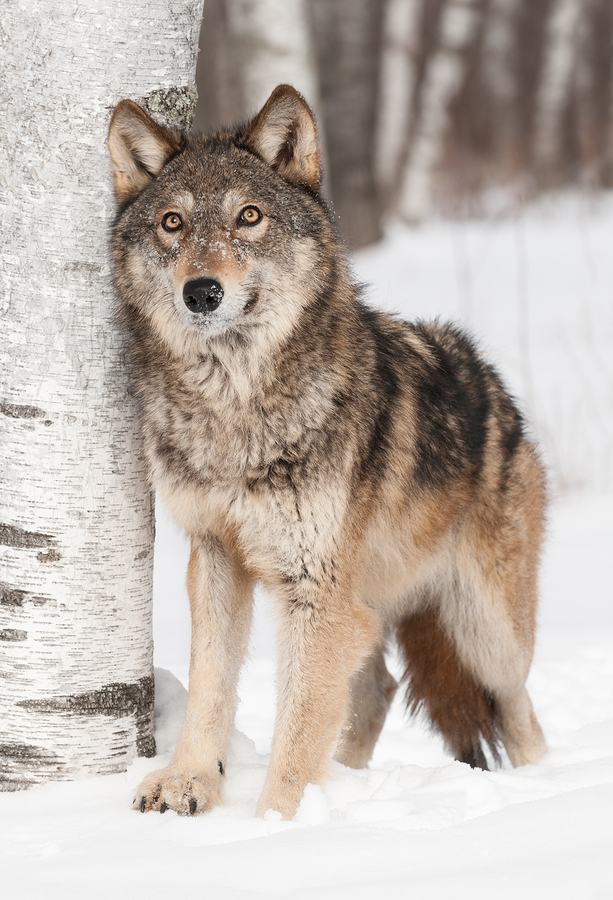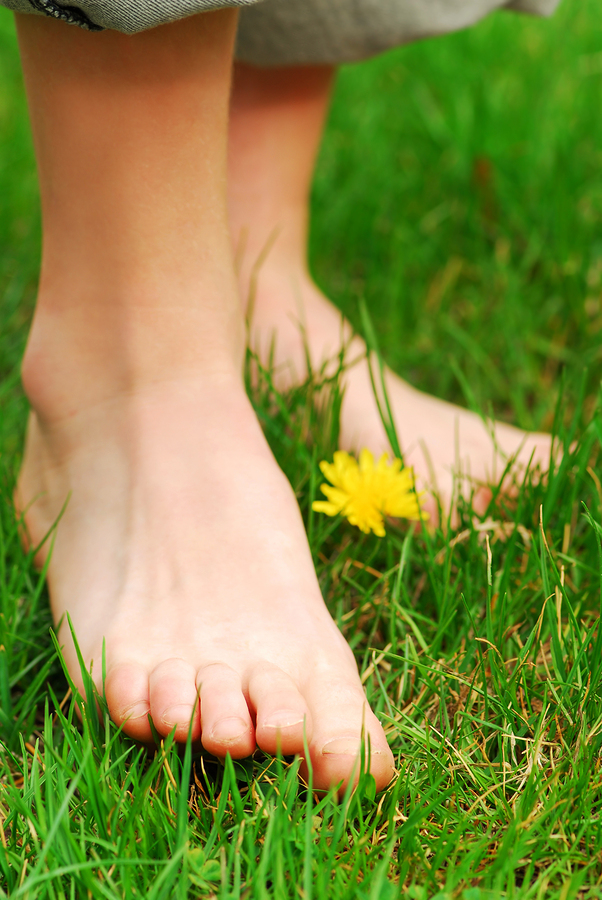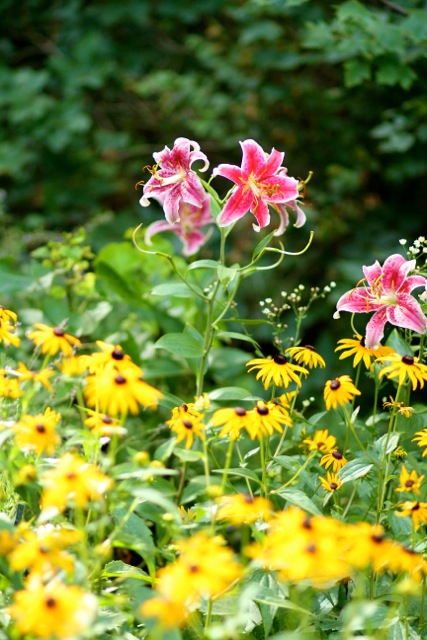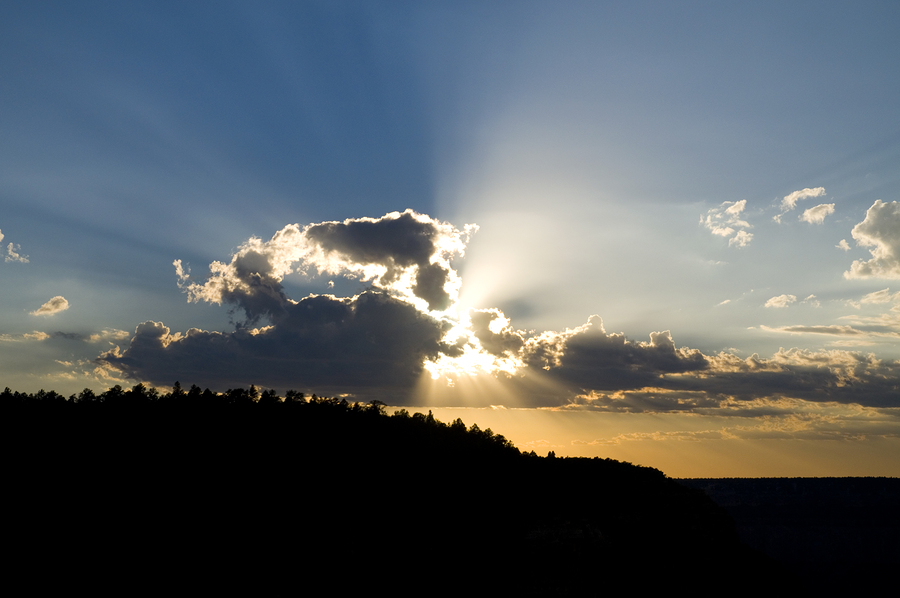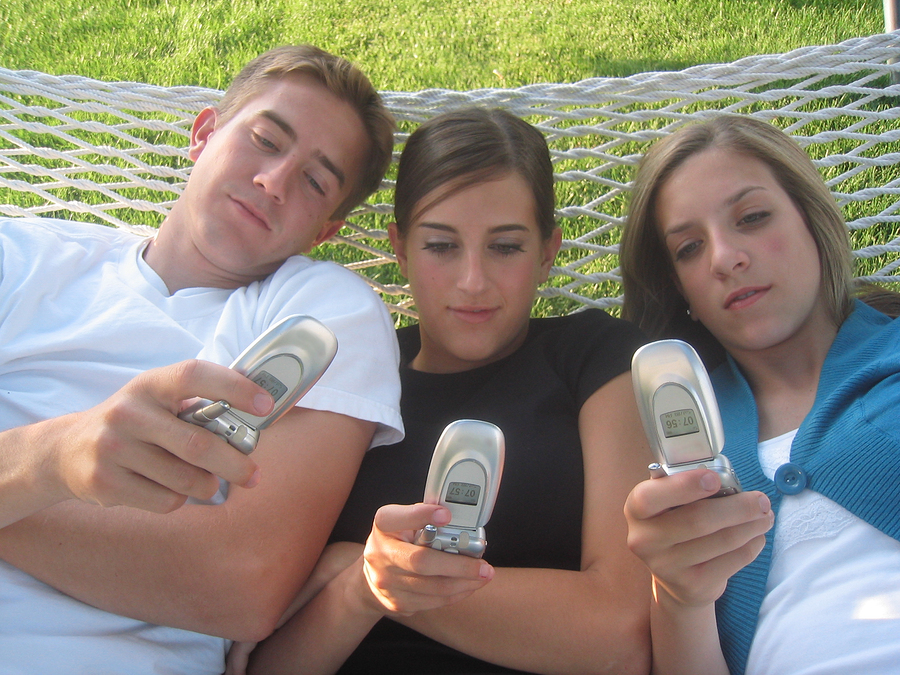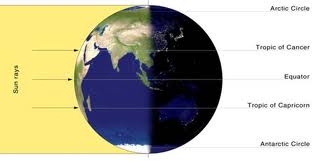4
Quite some time ago, when I subscribed to Horse illustrated, I read a letter to the editor that brought home the lesson of how much children have to teach us about competition.
It never fails to bring a tear to my eye; I hope you enjoy it, too.
Here it is, in its entirety, as written by Rhonda Goddard of Louisville, CO:
“Competition is essential. We learn from it, our characters are shaped by it, and we crave the rivalry. This competitive spirit is quite evident in the horse show world; few participants are unaffected by its influence.
“I am one of many who experience the thrills, woes and obsessions that accompany showing. Like my competitors, I coordinate my season zealously, selecting the right judges, attending the correct shows, and accumulating the most points in order to achieve my self-imposed goals – high point awards, year end placings, regional and national show qualifications.
“I am driven to attain these accomplishments by nothing more than my own desire to ‘succeed’. It took a child to remind me, however, that participation, good sportsmanship, and just plain enjoyment must always be my highest priorities.
“For several years I have judged the annual show for the Colorado Therapeutic Riding Center in Lafayette, CO. The show hosts a variety of events, including English and Western Equitation, Trail, and Dressage, as well as fun classes such as Egg in Spoon.
“Each time I judge this show I am reminded that I do not have problems, but rather minor inconveniences, in comparison with the difficulties these students must overcome.
Continue reading

